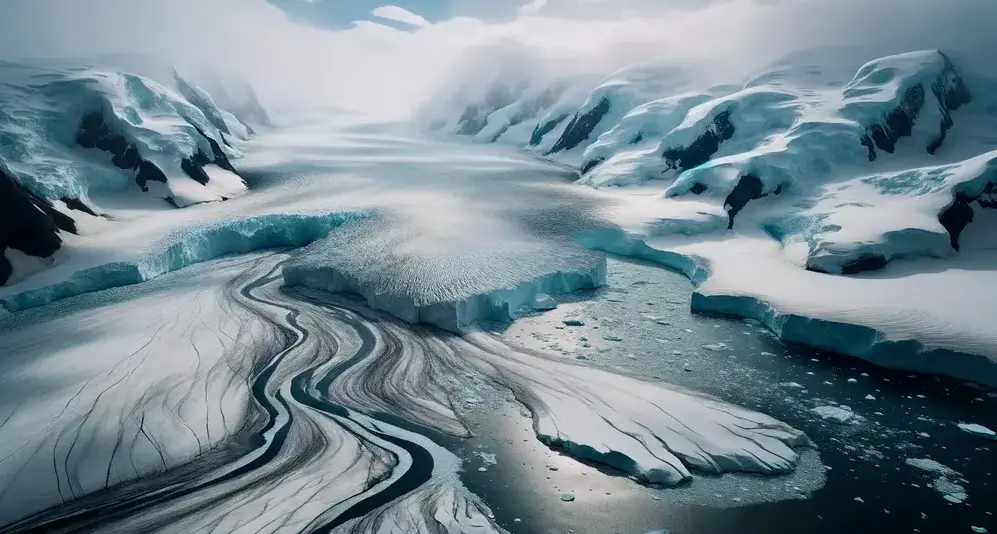Warmer water flowing from below can cause ice to melt in ways not currently accounted for in models. Scientists have discovered a worrying new mechanism for melting large ice sheets. The study highlights how relatively warm seawater is eroding the base of land-based ice, potentially accelerating the process by which ice moves into the ocean.
This process is not currently taken into account in models predicting sea level rise, so the new results could provide a more accurate understanding of how global warming will affect the world and the extent to which coastal areas will need to adapt. The findings, conducted by scientists from the British Antarctic Survey (BAS), are published in the journal Nature Geoscience.
“We have identified the possibility of a new tipping point in the melting of the Antarctic ice sheet,” says Alex Bradley, BAS ice dynamics researcher and lead author of the new paper. “This means our estimates of sea level rise may be significantly underestimated.”
Grounding zone and its effect
The study focused on a region beneath the ice sheet, called the grounding zone, where land ice meets the sea. Over time, such land ice moves into the surrounding ocean and eventually melts; this process occurs off the coasts of Antarctica and Greenland and is a major cause of sea level rise.
The new study models how seawater can seep between the land and the ice sheet above it, affecting local melting of the ice, its base lubrication and the rate at which it slides into the sea. And looks at how this process speeds up as the water warms.
“Ice sheets are very sensitive to melting in land areas. We found that shelf melting exhibits a tipping point-like behavior, where a very small change in ocean temperature can cause a very large increase in shelf melting, leading to a very large change in the ice flow over it,” Bradley says.
Cascading effect
This is because the warm water in the soil region of the ice sheet opens up new cavities that allow more of the warm water to seep through, causing more melting and widening of the cavities, etc. The tipping point comes because a small increase in water temperature can have a very large effect on the amount of melting.
Melting ice, which is not currently accounted for in models used by the Intergovernmental Panel on Climate Change (IPCC) and others, could explain why the ice sheets in Antarctica and Greenland are shrinking faster than expected, Bradley said. Incorporating the results of the new studies into such models could provide more reliable estimates.
“It lacks physics that our ice sheet models do not have. They do not have the ability to simulate the melting of ice underground, which we think is happening. We are now trying to incorporate that into our models,” he adds.
Source: Port Altele
